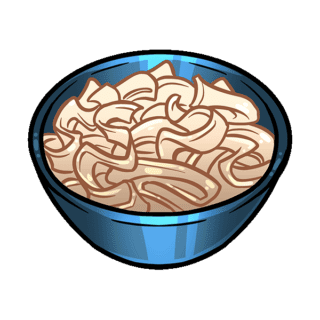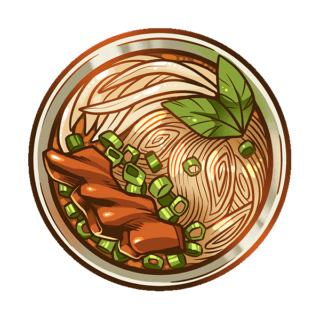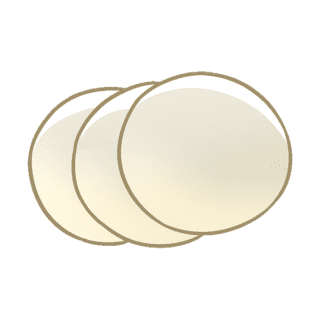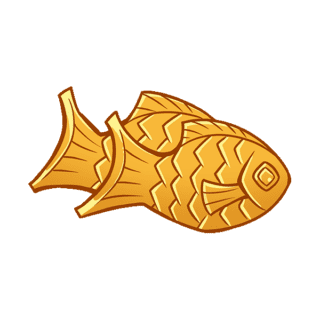Nori
Perhaps the most well-known edible seaweed in the West, nori is a thin sheet made by shredding and then re-pressing certain types of red algae. The end result is a thin crumbly seaweed that’s salty, minerally, and adds a delicious accent to foods.
Nori has an extremely long history in Japan; it’s been recorded in use for well over 1,000 years and even centuries — and maybe even millennia — longer.
Besides being crispy and satisfying as a salty snack — you’ve likely seen some little kids eating nori like one eats potato chips — it’s also a great accent to other dishes. Because of this, it’s often crumbled as a topping or in batters like for okonomiyaki, or as a wrapping for sushi, onigiri, and spam musubi (available in our Deli Department).
Just like other types of seaweed, nori is high in vitamins A, C, B2 and B9 (that’s riboflavin and folate), along with other minerals — most crucially, iodine. In fact, while much of the world had problems with goiter caused by iodine deficiency up until the invention and spread of iodized salt, Japan was one of a handful of populations that was relatively goiter-free. What did most of these cultures who escaped this health problem have in common? Lots of seaweed in their diet.
However you want to use it, you’ll find many different nori brands at all Uwajimaya stores in our Grocery Department.





